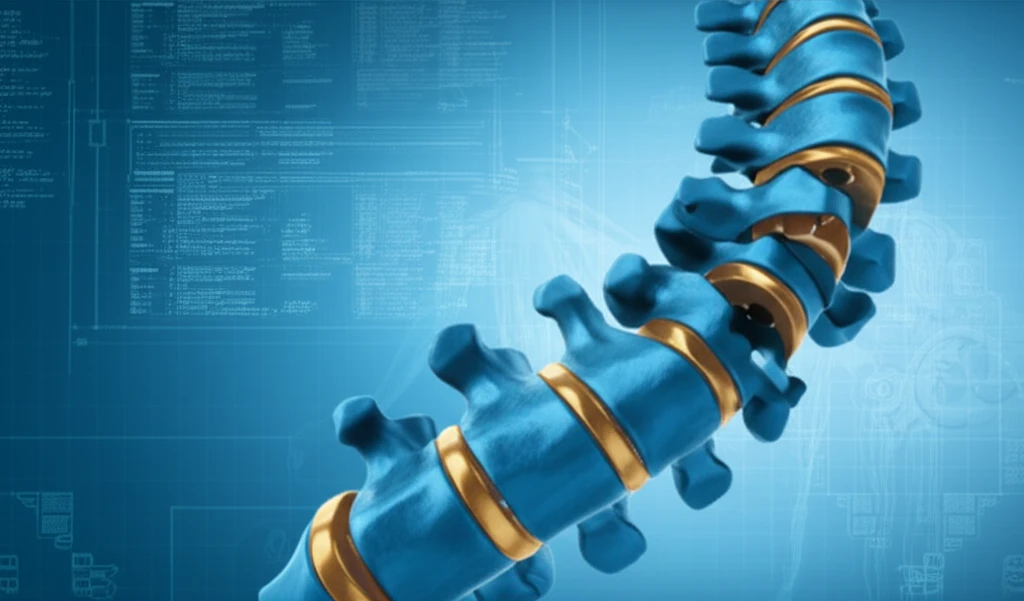
Back Pain Breakthrough: Are All Spinal Fusion Procedures Created Equal?
"New research sheds light on the initial stability of different surgical techniques for single-level transforaminal lumbar interbody fusion (TLIF)."
Lower back pain is a widespread problem, and lumbar degenerative diseases are a major cause. When conservative treatments fail, spinal fusion surgery, particularly transforaminal lumbar interbody fusion (TLIF), is a common solution to stabilize the spine and alleviate pain. TLIF involves fusing vertebrae together to eliminate motion and reduce pain.
TLIF has evolved over the years, with surgeons employing various techniques to enhance stability and fusion rates. These techniques include bilateral pedicle screw fixation (BPS), unilateral pedicle screw fixation (UPS), unilateral pedicle screw plus contralateral translaminar facet joint screw fixation (UPS+TFS), and bilateral pedicle screw fixation with bilateral facetectomies (BPS+BF).
While these methods are widely used, questions remain about whether they truly offer different levels of initial stability. A new study has investigated the biomechanical properties of these four TLIF techniques to determine if there are significant differences in their ability to stabilize the spine immediately after surgery.
Decoding Spinal Fusion: What the Research Reveals

Researchers conducted a biomechanical study using six fresh-frozen human cadaveric lumbar spines. They tested the stability of each spine under various loading conditions (flexion, extension, lateral bending, and axial torsion) after applying each of the four TLIF techniques sequentially.
- Range of Motion (ROM): All four techniques significantly reduced ROM in flexion, extension, and lateral bending compared to the natural spine. However, there were no significant differences in ROM between the four surgical procedures.
- Stiffness: All four techniques increased the stiffness of the spine compared to the intact spine. BPS showed the most significant increase in stiffness during flexion, extension, and lateral bending.
- Axial Torsion: While all techniques reduced ROM in axial torsion, there were no significant differences between the procedures.
The Takeaway: What This Means for Your Back Pain Journey
This research offers valuable insights for both surgeons and patients considering TLIF surgery. While different surgical techniques exist, the study suggests that their initial biomechanical stability is comparable. This means the choice of technique may depend more on the surgeon's expertise, patient-specific factors, and other considerations beyond just achieving immediate spinal stability.
It's crucial to have an open discussion with your surgeon about the potential benefits and risks of each TLIF technique. Understanding the nuances of each approach can empower you to make informed decisions about your back pain treatment.
Further research is needed to evaluate the long-term outcomes and fusion rates associated with each technique. However, this study provides a solid foundation for understanding the immediate biomechanical effects of different posterior fixations in TLIF surgery.
